This is the first time Vietnam has had a comprehensive, long-term and synchronous strategy to improve the competitiveness of the logistics industry, meeting the requirements of international economic integration.

The extended arm of Vietnamese goods
In the global picture, cross-border e-commerce has emerged as an inevitable growth driver. The market size has reached 791.5 billion USD by the end of 2024 and is forecast to maintain a growth rate of over 30% in the coming years. This is a golden opportunity for manufacturing enterprises, especially small and medium enterprises in Vietnam, to reach out to the world .
Along with that potential, the logistics problem becomes a key factor, because only when the infrastructure is modern, transparent and has optimal costs, can Vietnamese goods compete fairly and reach global consumers in the fastest way.
Vice President of the Global Alliance for Cross-Border E-Commerce (ACBC Global), President of ACBC Vietnam Nguyen Thi Hoai An commented that cross-border e-commerce is not only a new infrastructure of world trade, but also an extension of globalization, where products and values are circulated without borders. This is the golden moment for Vietnam to make a breakthrough, when the country possesses strategic advantages such as favorable geographical location, abundant raw materials, young workforce and fast digital transformation capabilities.
From the perspective of international enterprises, General Director of Guangdong Global Shopping E-commerce Co., Ltd. (GGBingo) Xiao Qiuli believes that Vietnamese enterprises can take advantage of the e-commerce model to quickly improve their global competitiveness. Combining effective exploitation of channels such as Amazon, TikTok Shop, Lazada, Shopee, JD.com... will help increase coverage and optimize sales.
In fact, on Amazon alone, in the past two years, 17 million Vietnamese products have been sold, with revenue increasing by more than 50%. This figure not only reflects the increasing competitiveness of Vietnamese goods, but also proves that international demand is expanding for products with clear origins, high quality and value. However, to turn potential into real strength, Vietnam's logistics service industry needs to be organized in a modern and transparent manner, fast and smart enough to keep up with the development speed of global trade.
According to experts and management agencies, many local Vietnamese brands and products have established a solid foothold on domestic e-commerce platforms and have begun to conquer international markets through global platforms. This is a positive signal, but also a reminder of the need to continue improving logistics infrastructure, supporting businesses to optimize costs and expand the market sustainably.
Turning point to remove bottlenecks
On October 9, 2025, the Prime Minister issued Decision No. 2229/QD-TTg approving the Vietnam Logistics Services Development Strategy for the 2025-2035 period, with a vision to 2050. The strategy aims to enhance the competitiveness of the logistics industry, meeting the requirements of international economic integration. Notably, the strategy identifies logistics as an important economic sector with high added value and a driving force and essential service to promote socio-economic development. Based on making the most of the advantages of geographical location, marine economic potential, digital transformation and green transformation trends, the Strategy sets out specific goals.
The strategy also sets out 9 key groups of solutions, including: Perfecting legal institutions, strengthening state management; developing synchronous and modern logistics infrastructure; promoting regional connectivity; building goods sources, developing logistics markets; improving business competitiveness and logistics service quality; promoting research, innovation, digital transformation and green transformation; developing high-quality human resources; enhancing the role of associations and pioneering enterprises; other tasks... In which, many logistics development solutions are proposed to support cross-border e-commerce.
Economist Dinh Trong Thinh said that one of the strategic goals is to reduce logistics costs, thereby enhancing the competitiveness of businesses and promoting exports to exceed the 1,000 billion USD mark. When logistics operates effectively, goods circulate quickly, transportation costs are reduced, businesses will have a strong competitive advantage, and at the same time promote production and exports.
Strategy is not only a problem for the logistics industry but also affects the entire economy. A modern logistics system will create a spillover effect, stimulate investment, create jobs, promote digital transformation in production and distribution, and help Vietnam adapt quickly to global market fluctuations, and develop cross-border e-commerce more strongly.
The success of the strategy depends on close coordination between the state and enterprises, between industries, localities and investors. If implemented synchronously, Vietnam will not only improve the logistics industry, but also create new momentum for the economy, promote exports, strengthen international integration and move closer to the goal of becoming an economy with a modern, sustainable and competitive supply chain in the region and the world.
Source: https://hanoimoi.vn/logistics-for-transnational-electronic-commerce-trends-and-solutions-toi-uu-720177.html










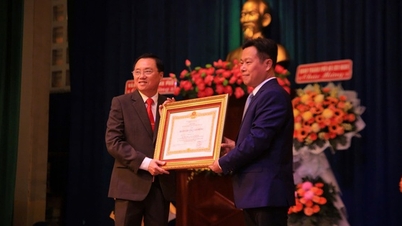




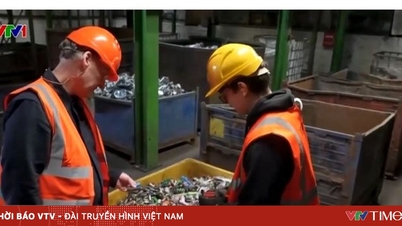

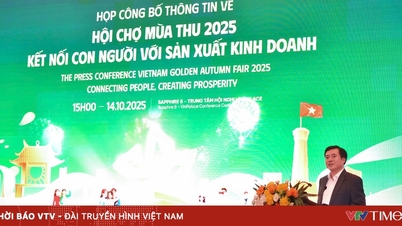

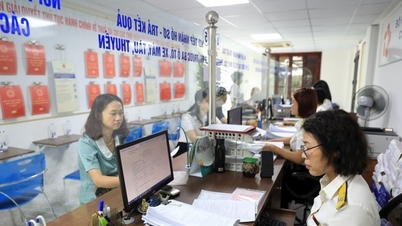
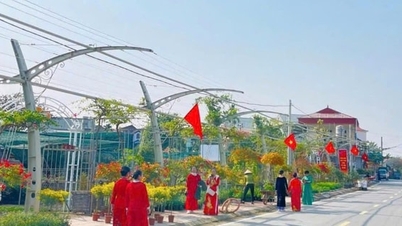


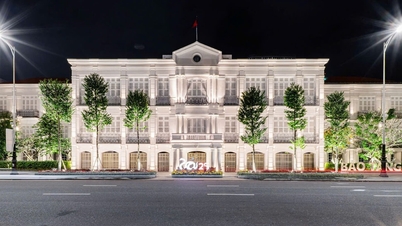


















































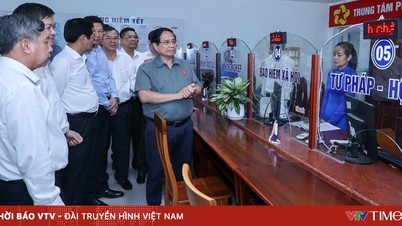
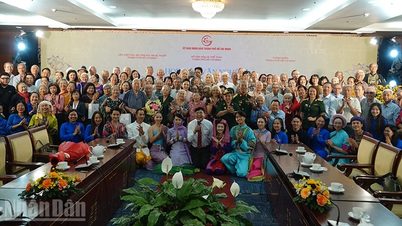



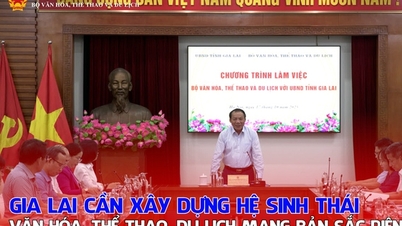






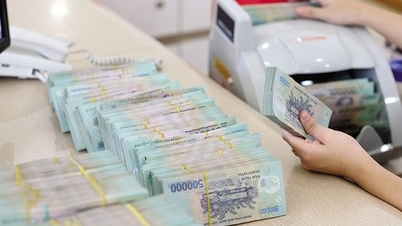
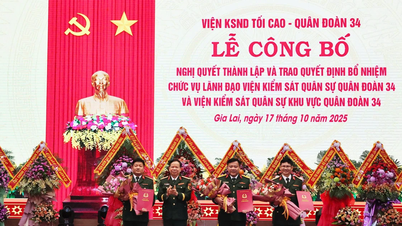



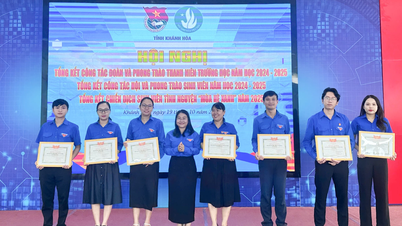















Comment (0)